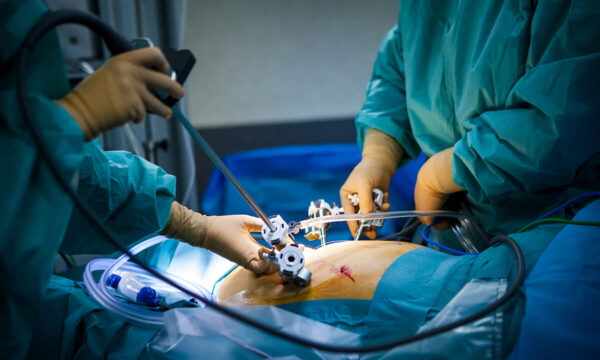Hysterectomy is the surgical removal of the uterus. It can also cut off the cervix and tissues. It is the second most performed surgical procedure in the U.S. after caesarean section. In India, about 11% of women under age 45 went through hysterectomy between 2017-2018. The procedure is performed for several reasons. These include uterine prolapse, heavy periods, ovary cancer, multiple uterine fibroids and endometriosis. Hysterectomy can be done through the abdomen, vagina or via laparoscopy. The doctors determine the technique depending on the reason for the procedure and your medical history.
There are different types of hysterectomy. A part or whole of the uterus along with additional portions of the reproductive systems can be removed. The top surgeon will ensure the scarring or recovery time is minimal. Have a detailed look for an informed experience and learn what is best for you.
1.Partial Hysterectomy
This is the procedure in which the cervix is left intact and the uterus is removed. So, it is often known as supracervical hysterectomy. The main aim is to treat non-cancerous conditions like fibroids. It is also beneficial for abnormal vaginal bleeding or prolapse pain. However, cervix removal is often recommended. This is because it is a potential cancer site. But women insist on keeping it untouched since the cervix plays a key role in penetrative sex.
You will experience a light menstrual cycle for up to a year post the procedure. Patients might face infections or adverse anaesthesia reactions. Doctors at the best gynaecology clinic can help you manage them without too many efforts or complications.
2.Total Hysterectomy
This is the most common type of hysterectomy. Both the uterus and cervix are completely removed. The ovaries are usually left intact. You will no longer have menstrual cycles. The surgery can block blood flow to the ovaries. This can result in hot flashes. There could be a pain at the site, redness and itching. All of them go away with medications.
This process brings along plenty of benefits. For example, relieve bleeding issues, uterus sagging and endometriosis. It is a safe and effective surgical method and does not interfere with orgasm or intercourse. This is simply because the labia and clitoris are still present.
3.Hysterectomy and Salpingo-Oophorectomy
One or both ovaries and fallopian tubes are removed along with the uterus. You might require hormone replacement therapy after the procedure. This is one of the most effective ways to prevent ovarian cancer. The surgery takes not more than 1 to 4 hours.
You might experience pink or brown vaginal discharge or bleeding for 1 to 2 weeks. It gradually decreases over time. You are most likely to start walking within a couple of days. Try to avoid intense activities like lifting heavy objects and sex with powerful orgasms.
Each procedure is done with abdominal incisions. The scars fade with time. You might have to go for follow-ups at the gynaecology clinic after surgery. This is to ensure zero bruises or infections. Take plenty of rest and avoid hot baths to heal quicker.


















Be First to Comment